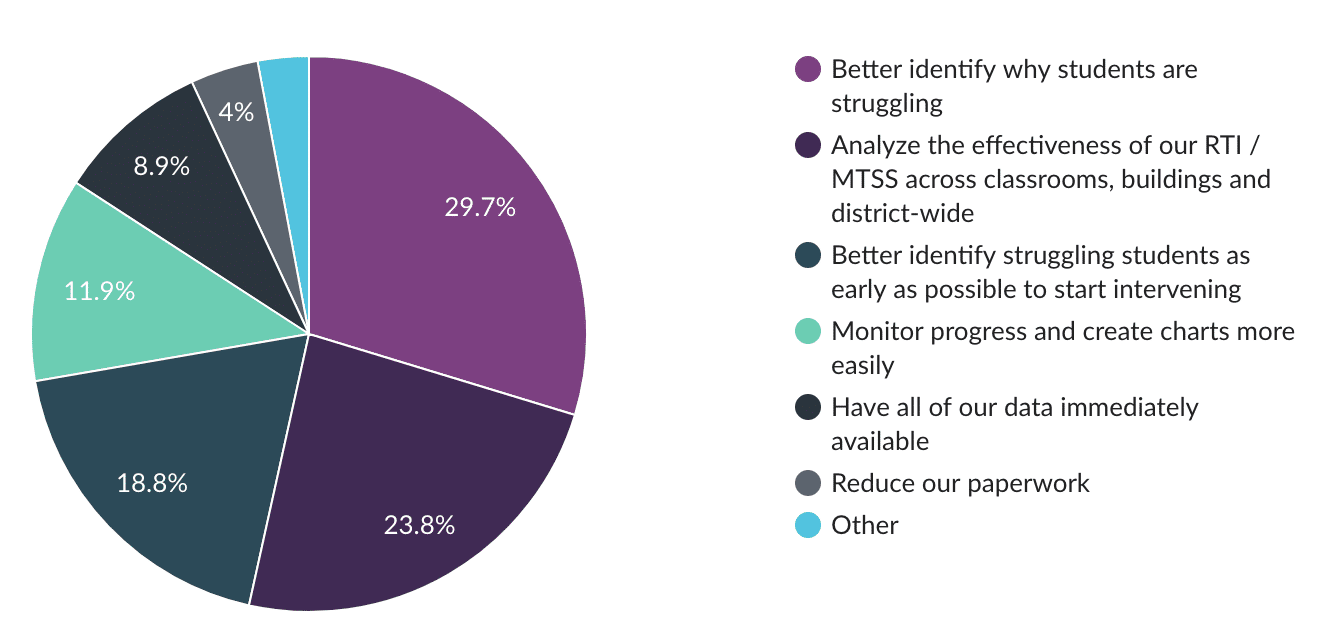Educator Resources for Supporting the Whole Child
Learn from education experts & districts experiencing positive results with special education, 504, RTI and English learners
In Texas, successfully serving the whole child isn’t only about general education, special education (ARD), response to intervention (RTI), Section 504 or English-learner programs — it means providing multiple supports in a strategic and confident way to the students most in need.
This resource center is designed to help your team do just that — build bridges across programs, roles and responsibilities to serve the whole child.
“Special Education, EL/LPAC, RTI and 504 [applications] all have the same login. It’s one system, not ten different systems. And when changes come down from the state, Frontline is watching out for us to make sure we’re in compliance.” Beth Poss, Special Education Instructional Technologist, Northside Independent School District, San Antonio, Texas
Learn How a Special Populations Management Software Builds Bridges Across Programs, Roles & Responsibilities to Serve the Whole Child.
With so many claims on educator time, it is easy for student information and progress data to be unintentionally siloed. However, when that happens, the student’s support team aren’t getting a full picture of the whole child ― they are only seeing disjointed puzzle pieces.
Getting a true window into the needs of the whole child means expanding your view into all of the supports that student is receiving, including special education, RTI, 504 and English learner programs.
Using a common digital system connects educators to one another, so everyone stays on the same page, year in and year out, to identify and support students with special needs. And wouldn’t it be great if that system also integrated seamlessly with your student information system, helped you manage compliance with TEA and kept your district data extremely secure?
Learn more about Frontline Special Ed & Interventions
